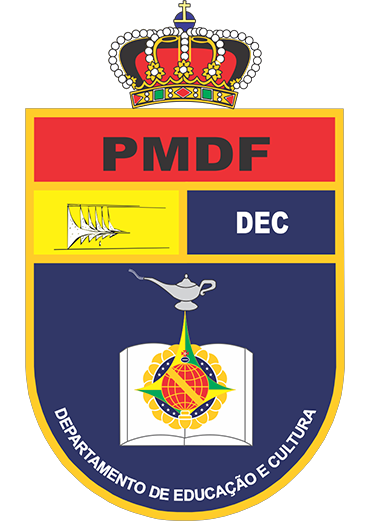CRIMES MILITARES DOLOSOS CONTRA A VIDA DE CIVIL: ATRIBUIÇÃO INVESTIGATIVA DA POLÍCIA JUDICIÁRIA MILITAR
DOI:
https://doi.org/10.59633/2316-8765.2022.253Abstract
The Federal Constitution (FC) in its art. 144 established the duties of public security bodies. Ordinarily, the work of the judicial police was the responsibility of the Civil Police of the States and the Federal Police, however, there is an exception, provided for in §4 of the aforementioned constitutional article, where, when establishing the attributions of the Civil Police, the constituent excluded investigations of military criminal offences for this body. Those are carried out by the Military Judiciary Police. Throughout the 1990s, a series of events involving military police officers in the death of civilians led to a change in military criminal legislation through Law 9.299/96, which altered the competence for judging intentional military crimes against civilian life, shifting that of military justice to common justice. This shift in competence led to an interpretation that intentional crimes against civilian life committed by state soldiers would no longer be military crimes. This fact led the Association of Police Delegates (ADEPOL) to question the constitutionality of Law 9.299/96, in particular the amendments to art. 82 of the Code of Military Criminal Procedure, which made it clear that the change established in the forum did not alter the nature of military crime and, therefore, maintained the attribution of judicial police in the military sphere. The STF understood that the aforementioned article and its amendments were constitutional, however, the subject was not extinguished, the consequences of this matter reverberate until today, more than 25 years after the enactment of Law 9.299/96, where the discussion of who should conduct the police inquiry is still fierce, with inquiries being instituted both in the civil police and in the military police, when the fact involves a crime against the life of a civilian committed by a police officer.
Downloads
Published
Issue
Section
License
Este artigo está licenciado sob uma Licença Creative Commons. Com essa licença você pode compartilhar, adaptar, para qualquer fim, desde que atribua a autoria da obra, forneça um link para a licença, e indicar se foram feitas alterações.









